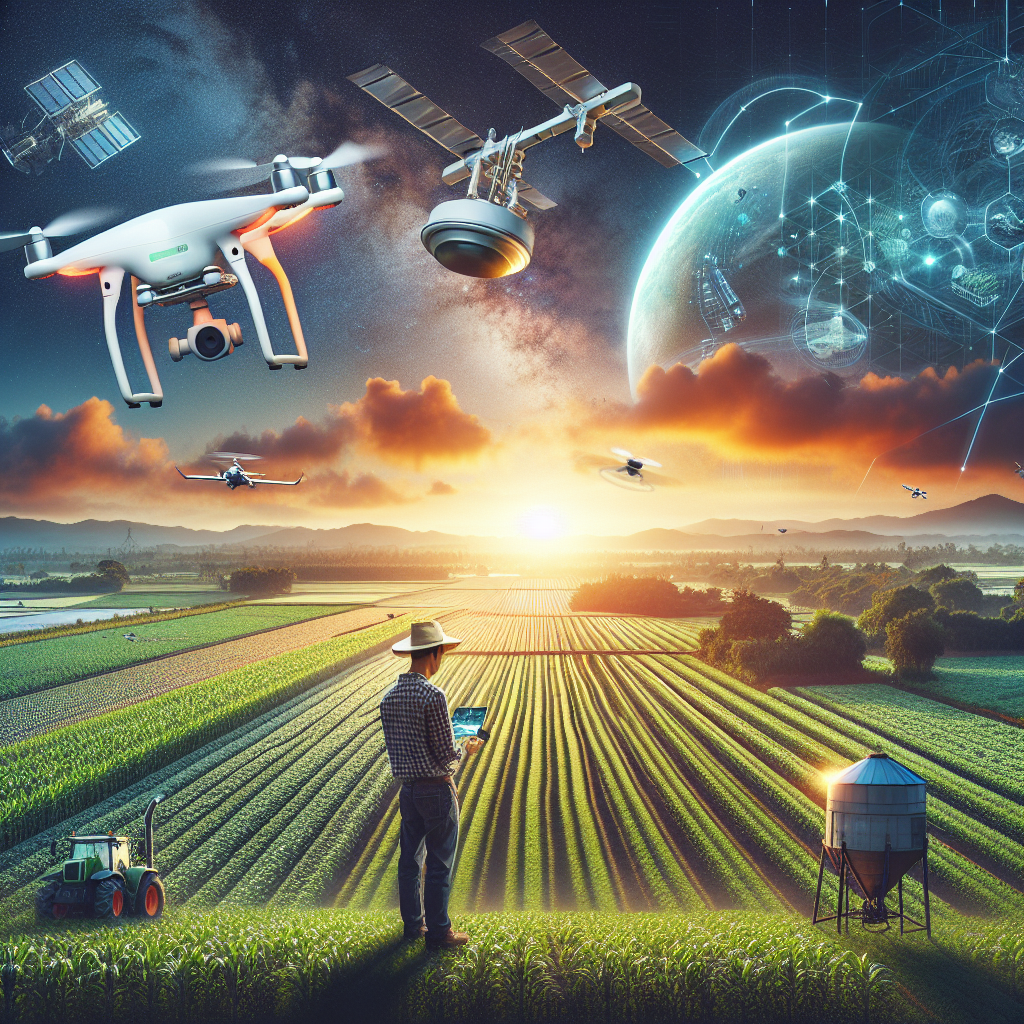Remote sensing technology is revolutionizing the way agriculture is conducted around the world. With the advancement of satellite imagery, drones, and other remote sensing technologies, farmers are now able to monitor their crops and make informed decisions more efficiently than ever before.
One of the key benefits of remote sensing in agriculture is the ability to gather real-time data on crop health and yield. By using satellite imagery or drones equipped with sensors, farmers can quickly identify areas of their fields that may be experiencing stress, such as from pests, disease, or nutrient deficiencies. This allows them to take action more quickly to address these issues and potentially increase their crop yield.
Another advantage of remote sensing technology in agriculture is the ability to monitor and manage irrigation practices more effectively. By using satellite imagery to assess soil moisture levels, farmers can optimize their irrigation schedules to ensure that their crops are receiving the right amount of water at the right time. This not only helps to conserve water, but also improves crop health and yield.
Remote sensing technology also plays a crucial role in precision agriculture, which involves using data-driven solutions to optimize farming practices. By collecting data on soil composition, topography, and crop health, farmers can make more precise decisions when it comes to planting, fertilizing, and harvesting their crops. This can lead to higher yields, reduced input costs, and overall improved sustainability in agriculture.
One of the most exciting applications of remote sensing technology in agriculture is the use of drones for crop monitoring. Drones equipped with cameras and sensors can fly over fields and collect high-resolution imagery, allowing farmers to assess crop health and make decisions in real time. This technology is particularly useful for monitoring large or inaccessible areas of land, and is becoming increasingly popular among farmers around the world.
In addition to crop monitoring, remote sensing technology is also being used to assess and monitor environmental factors that can impact agriculture, such as climate change and soil degradation. By collecting data on temperature, rainfall, and soil health, farmers can better understand how these factors are affecting their crops and adapt their practices accordingly. This can help to mitigate the negative impacts of climate change on agriculture and improve overall resilience in the face of environmental challenges.
Overall, the use of remote sensing technology in agriculture is transforming the way farming practices are conducted. By providing farmers with real-time data on crop health, irrigation, and environmental factors, remote sensing technology is helping to improve crop yields, reduce input costs, and increase sustainability in agriculture. As technology continues to advance, we can expect to see even more innovations in remote sensing that will further revolutionize the way we grow and produce food.




